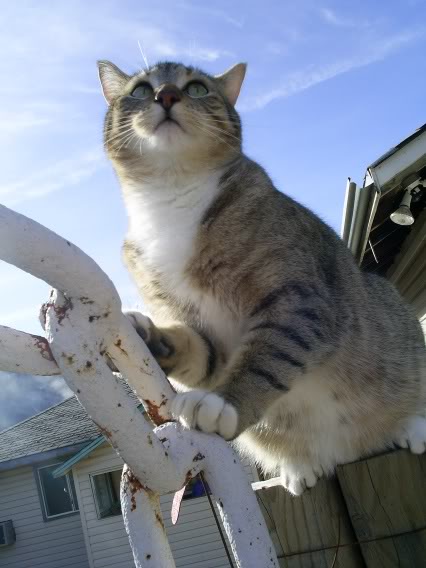The practice of keeping a parrot as a pet in a cage is a very ancient one, going back hundreds of years, and calls to mind at once the almost legendary figure of the sailor bringing home in its round cage the parrot he has picked up in foreign parts; and this is no doubt how the very first parrots were brought to this country. Where to keep your parrot and what to feed him are the two main factors which are discussed below.
It is a very understandable practice to keep a parrot, for no other birds rival or even approach members of the parrot family in their combination of tameness, beauty, intelligence, and their power to imitate perfectly the human voice. In addition a tame parrot - particularly an African Grey - makes a wonderful and cheerful companion for anyone who has to live alone.
While I myself keep my collection of parrots in pairs in aviaries, I think there can be no doubt that of all birds the larger parrots take most kindly to cage life and, provided they are well cared for and treated with real love and affection by their owner, they seem perfectly happy.
A proof of this is that if such a bird is put out in an aviary, even with another parrot as companion, it is at first liable to mope but will show every sign of joy once it is back in its cage and among its human friends again. I think the reason for this is that parrots are extremely sociable creatures.
The central perch is usually made of some very hard wood, and this is essential as a parrot would soon chew up anything softer. The exercise of its beak is, however, very necessary to its general health, and a considerate owner will not fail to supply a cotton-reel from time to time, or a small bundle of twigs which it can utilize for this purpose.
Parrots enjoy whittling, which in addition to helping to keep their beaks in order gives them something to do. This is very-important for it is partly boredom which leads to feather-plucking in caged parrots. The most important thing of all with a caged parrot is to let it out of its cage for an hour or so at regular intervals - preferably every day. A pet parrot will become extremely attached to its owner provided its affection is returned.
Now as to the feeding of the bird, I give sunflower and a few monkey-nuts, with the addition of a little canary-seed, groats or oats, and hemp. Particular care must be exercised with the latter which, in excess, is over-stimulating and fattening, and can cause heart troubles and feather-plucking.
Given sparingly, however, hemp is one of the most valuable of seeds particularly when birds are rearing young, at which time the amount can be considerably increased. At other times, and particularly in the case of a caged bird, a few grains every day or, better still, every other day, are quite sufficient, and it is better to omit it altogether than to give too much of it.
Far too many parrot owners seem to imagine that a daily supply of seed and water constitutes the sole requirements of their pets. This is quite wrong, for they need other things as well. Chief among these are fruit and green-foods, which can take various forms, but perhaps if the parrot were given its choice it would choose sections of sweet ripe apple and the leaves of spinach beet. These, or other fruits and green-foods, should be given at least twice a week.
As to tidbits, this is rather a moot point, and I can perhaps do best here by referring to my own much-loved and very long-lived Senegal Parrot. She was particularly fond of scraps from the table such as new potatoes, boiled white fish and scrambled egg - all of course given only occasionally and in very small quantities. Meat and savories, etc., should definitely not be given.
With these simple suggestions in mind, you will be able to enjoy your pet for many years to come. No more delightful companion can be found.

 Notes For Your Vacation Rental Pet Policy
Sometimes the blues could very well set in and after a vac
Notes For Your Vacation Rental Pet Policy
Sometimes the blues could very well set in and after a vac
 Why Wetlands Are An Critical Aspect Of Eco
Pets are usual areas of peoples lives it isnt really at all
Why Wetlands Are An Critical Aspect Of Eco
Pets are usual areas of peoples lives it isnt really at all
 Weekend Retreat Tips - 15 Common Vacation Disability Benefits You Can Remain!
Points of interest. russian trips are good methods for those
Weekend Retreat Tips - 15 Common Vacation Disability Benefits You Can Remain!
Points of interest. russian trips are good methods for those
 The Language Makes For An Great Vacation Hire?
1 more unique vacation home business that is to be had durin
The Language Makes For An Great Vacation Hire?
1 more unique vacation home business that is to be had durin